Holden decision may come early | comment
Contrary to earlier reports, the Holden decision does not need to go to the company's board, which meets monthly. Critically, this means a formal announcement regarding the fate of the Holden factory could happen at a moment's notice. An early announcement would alleviate the uncertainty being felt by the 1760 workers at the Holden factory and minimise the potential damage being done to the company's brand image.
The blame game in the debate about Holden's future has come as a shock to even the most hardened industry observers. It is increasingly apparent the Productivity Commission process is a becoming a ruse given that the Federal Government has made it clear it will not review any future funding deals.
Despite the hype, the situation Holden finds itself in is not solely the fault of the government, or Holden. Both are to blame. Successive governments from both sides of politics have created an economic environment that has led to a strong Australian dollar, high wages, and low import tariffs.
Holden's sin has been to not address its production and labour costs sooner than it did. And to build a factory surrounded by countries with labour costs a quarter of Australia's.
But you cannot accuse Holden of not reacting to the market. It got a small car into its Elizabeth factory alongside the Commodore in less than two years (instead of five), and in the middle of the Global Financial Crisis.
There may be no doubt in the minds of executives at General Motors and Holden about the fate of the factory, now the company needs to do the right thing by its workers and make the call.
Holden milestones
1948
Prime Minister Ben Chifley unveils the first Holden car, declares “she’s a beauty”. More than 18,000 orders are held before the 48-215 “FX” Holden goes on sale. Some customers sell their place in the queue for £100.
1954
One in three cars on the road is a Holden.
1958
One in two cars on the road is a Holden.
1960
The first export of left-hand-drive Holden vehicles begins with a small shipment of cars to Hawaii.
1962
1 millionth Holden sold (EJ Special sedan, Oct 1962).
1964
Holden employee numbers peak at 23,914 across seven facilities in Queensland, NSW, Victoria and South Australia.
1969
2 millionth Holden sold (HK Kingswood, March 1969).
1974
3 millionth Holden sold (HQ Kingswood, June 1974).
1978
Holden celebrates 25 years of continuous sales leadership.
1981
4 millionth Holden sold (VC Commodore, June 1981).
1990
5 millionth Holden sold (VN Calais, August 1990, more than twice as many as any other Australian built car at the time).
1991
Japanese car-maker Toyota beats Holden and Ford to market leadership for the first time in Australia.
2001
6 millionth Holden sold (VX Commodore SS, June 2001).
2002
The last year Holden led the Australian new-car market.
2004
Holden produces 165,000 vehicles (the most in its modern era), almost matches the 1963 peak of 166,274. Factory worker numbers in 2004: 7350.
2005
Holden’s biggest export year: 60,518 cars were shipped, mostly to the US and the Middle East.
2008
7 millionth Holden sold (VE Commodore LPG, Aug 2008).
2011
After 15 years as Australia’s favourite car, Holden Commodore sales are overtaken by the Mazda3 from Japan. Automotive historians say it is the first time since WWI an imported car has led the new-car market.
2013
Toyota Corolla on track to become Australia’s top-selling car for the first time.
Only five out of 100 new cars sold in Australia is a locally-made Holden.
Holden is overtaken in some months by Mazda, Hyundai and Nissan.
After several redundancies and a three-year wage freeze, Holden factory worker numbers fall to 1760.
Despite a record new-car market, Australian vehicle production falls to its lowest levels since 1958.
Holden is on track to export just 14,000 of the 84,000 cars it will make locally.
This reporter is on Twitter: @JoshuaDowling
_______________________________________


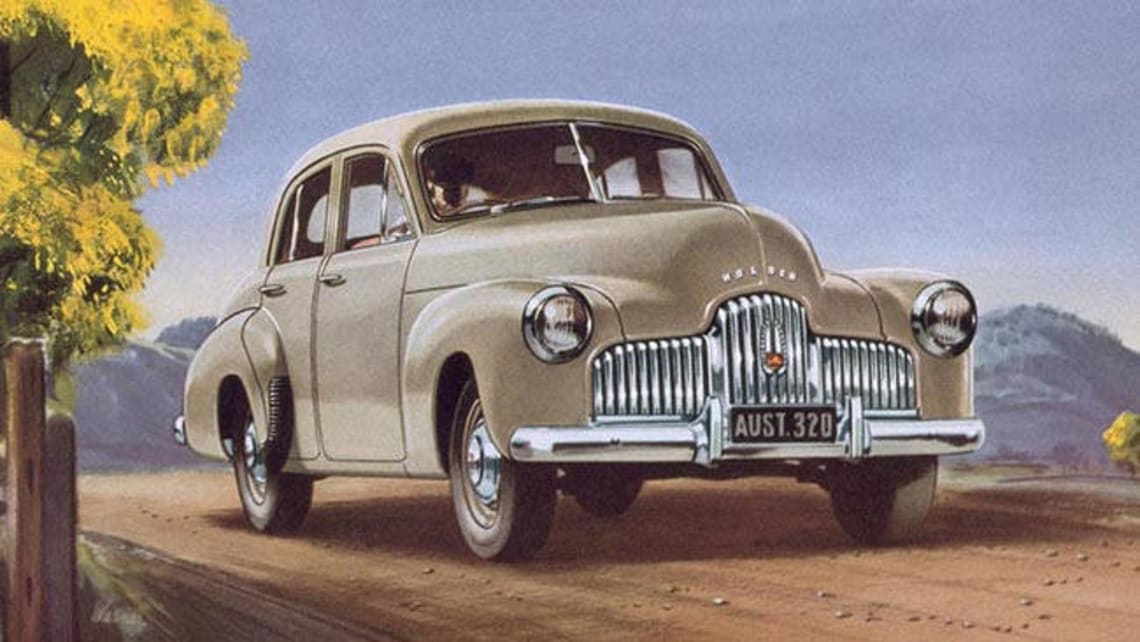
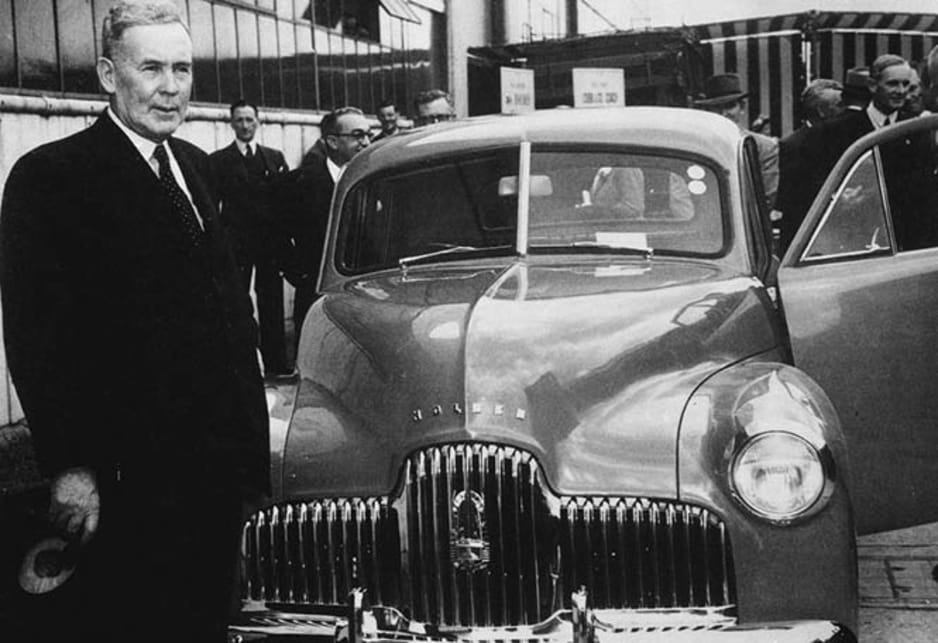
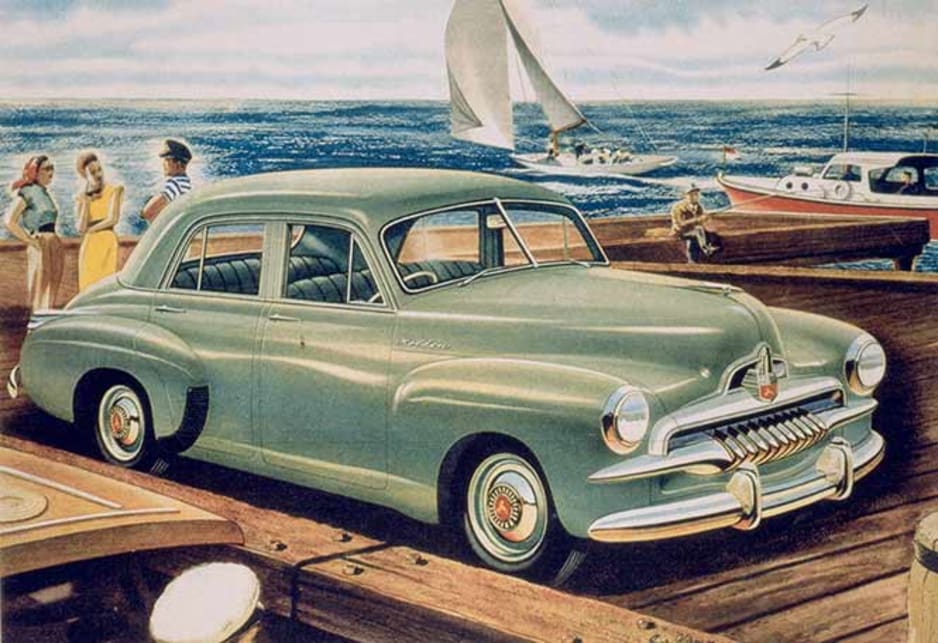



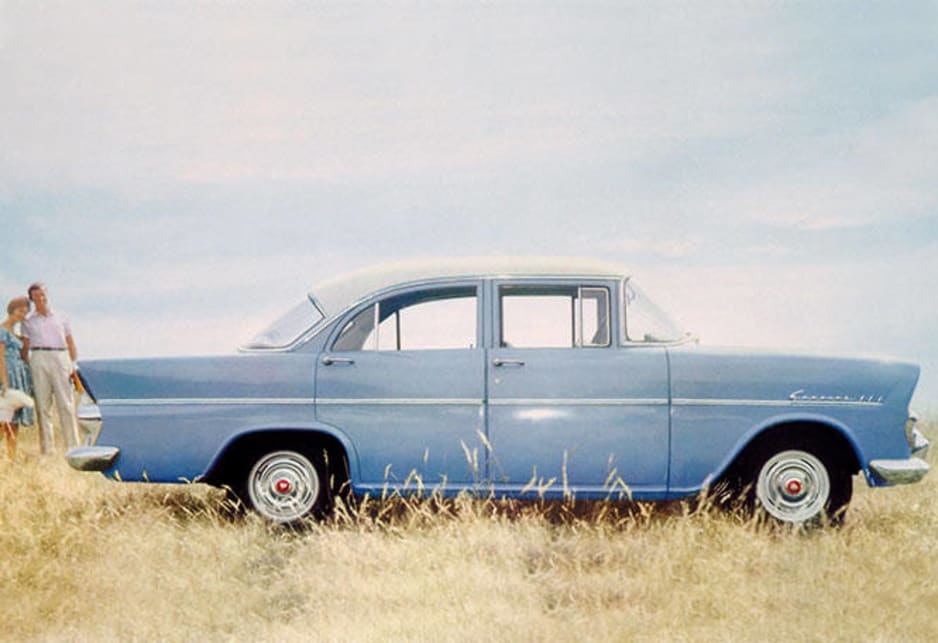
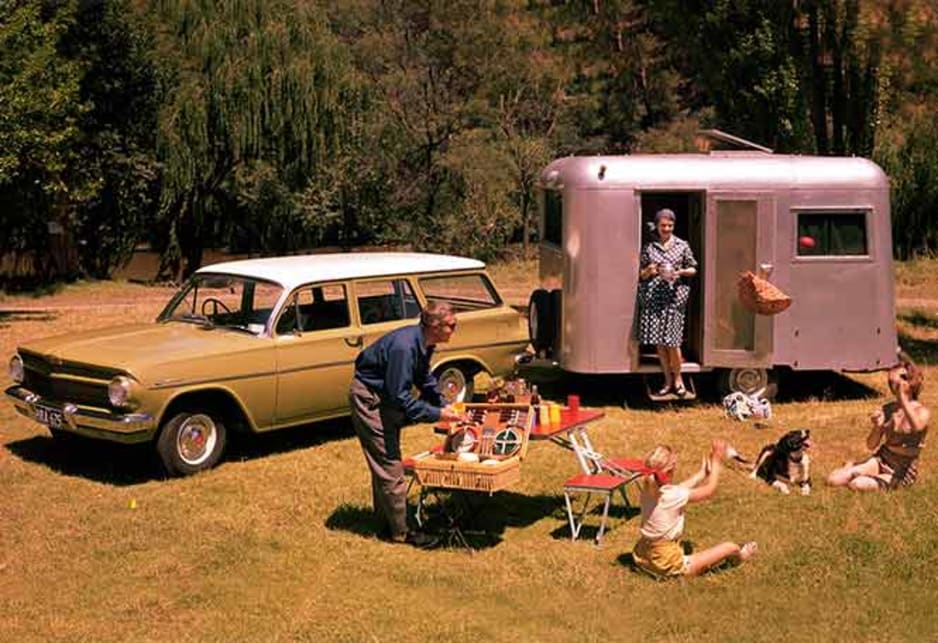

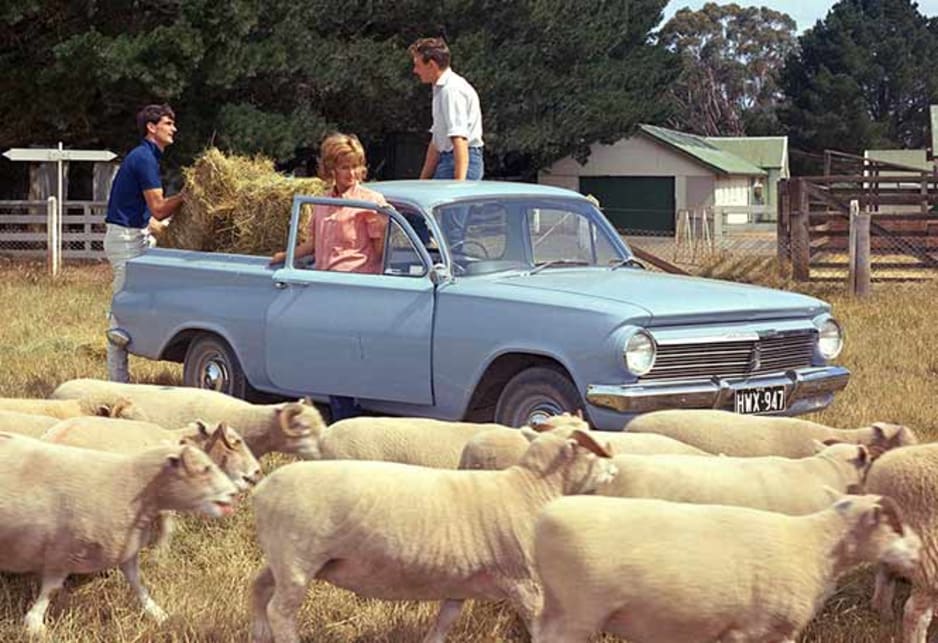


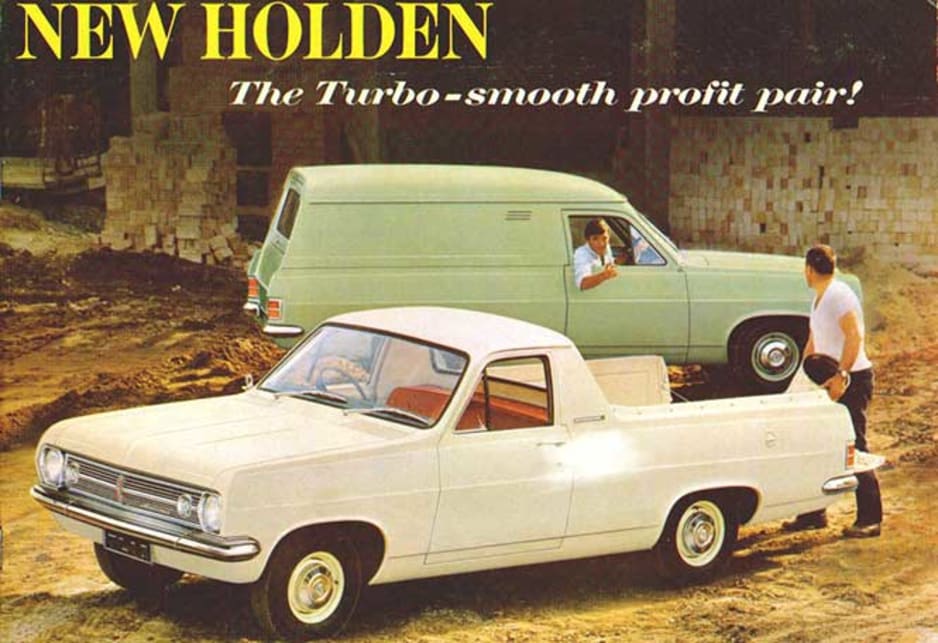






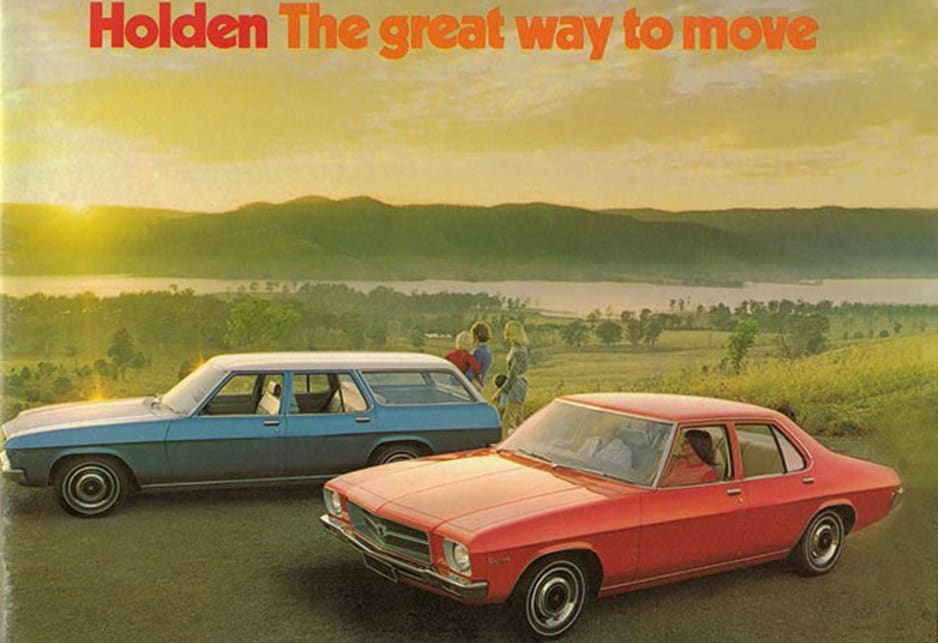
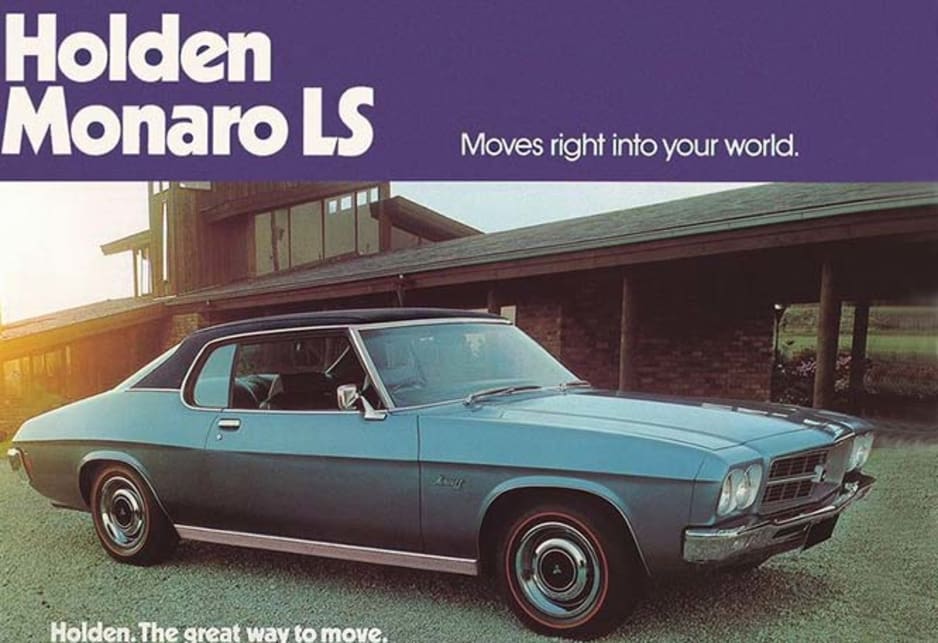
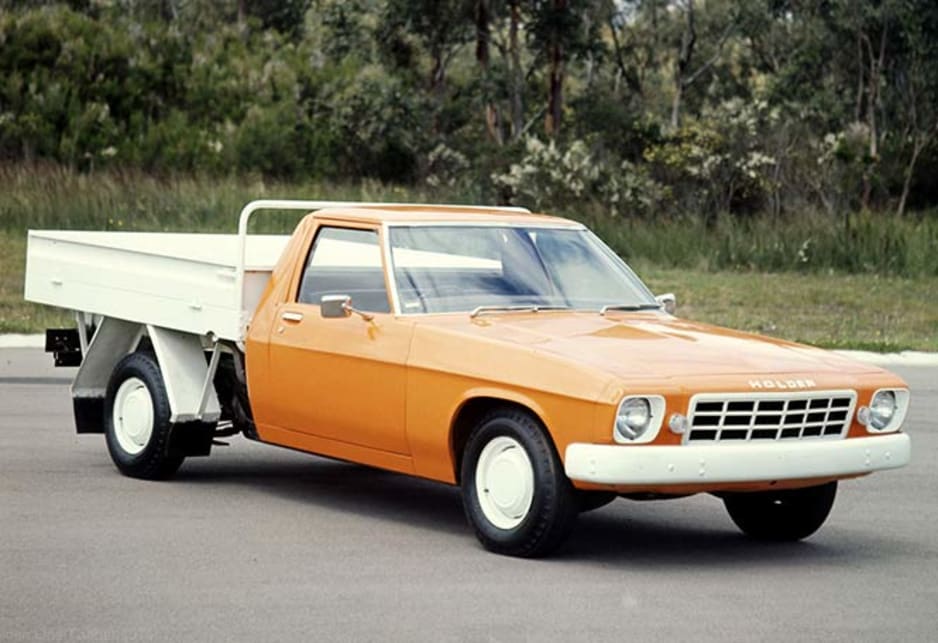

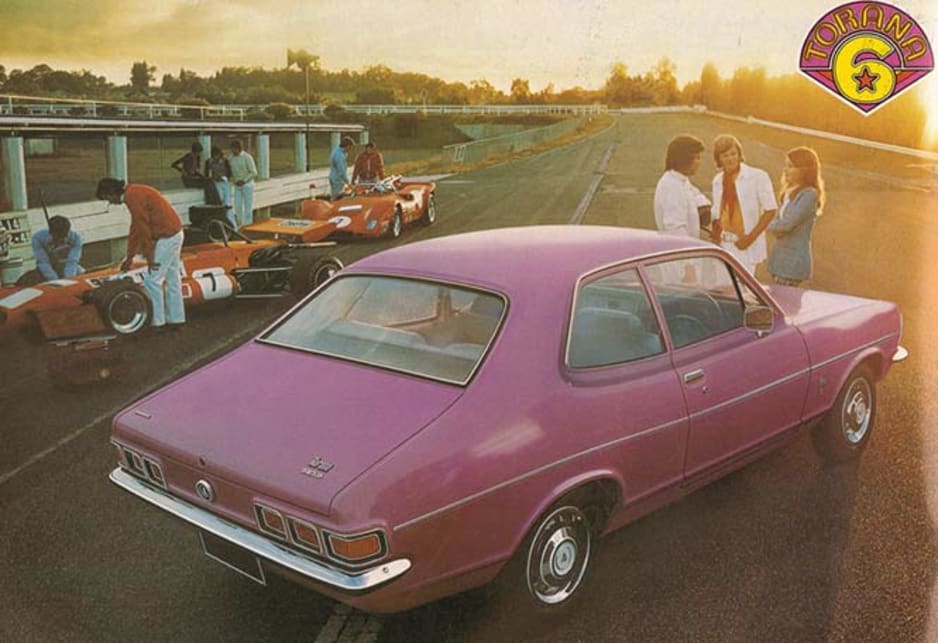
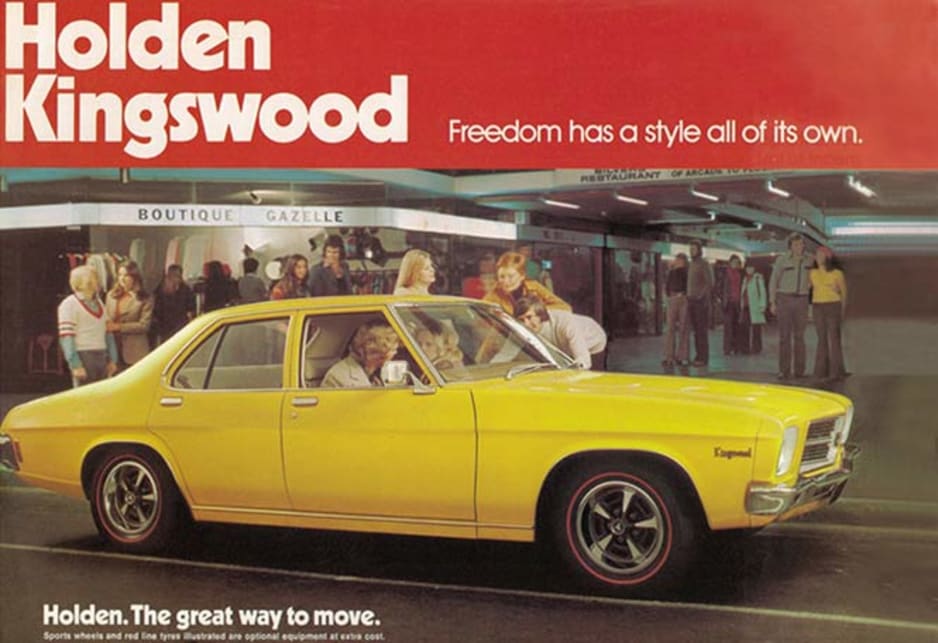

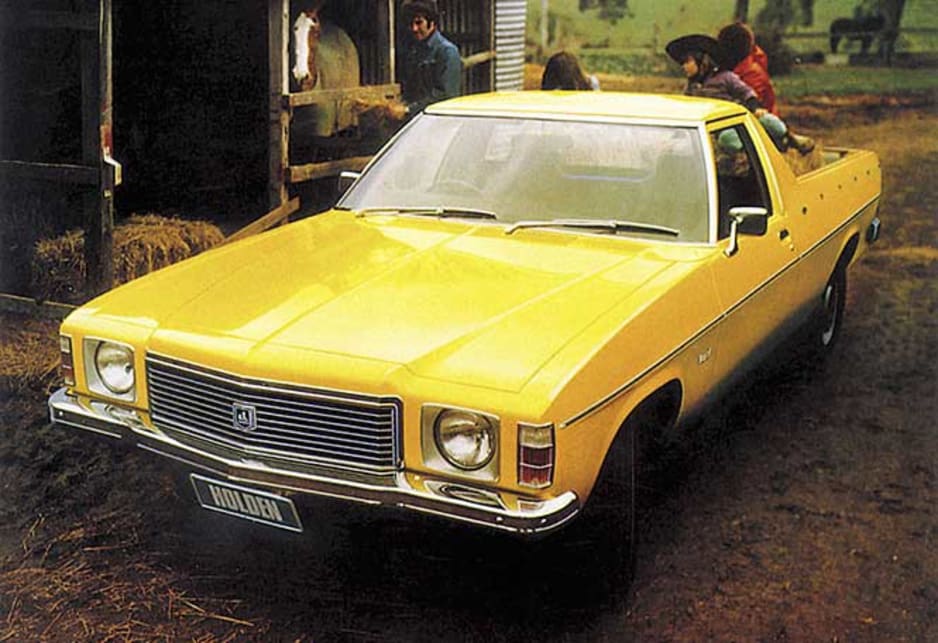

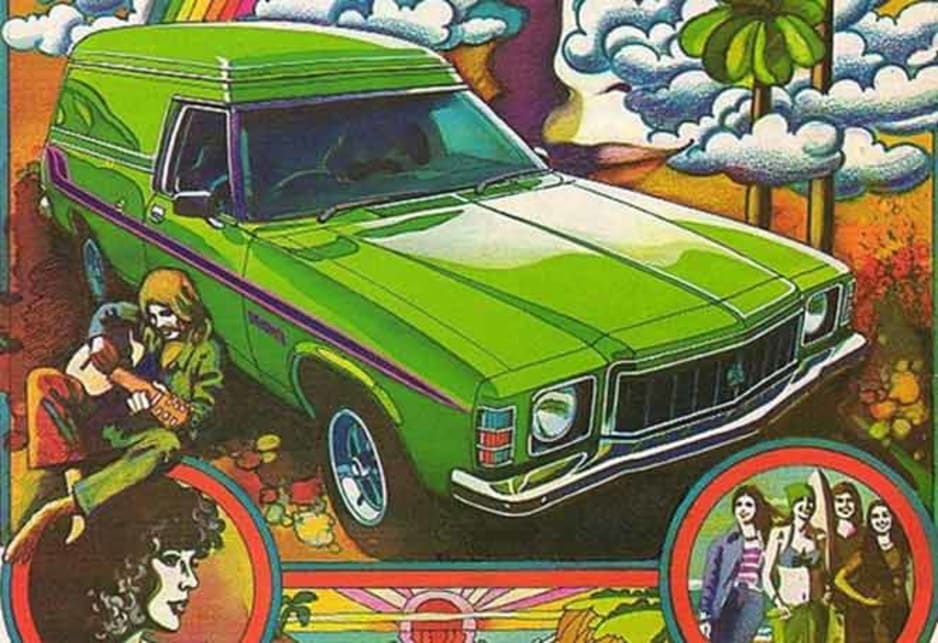
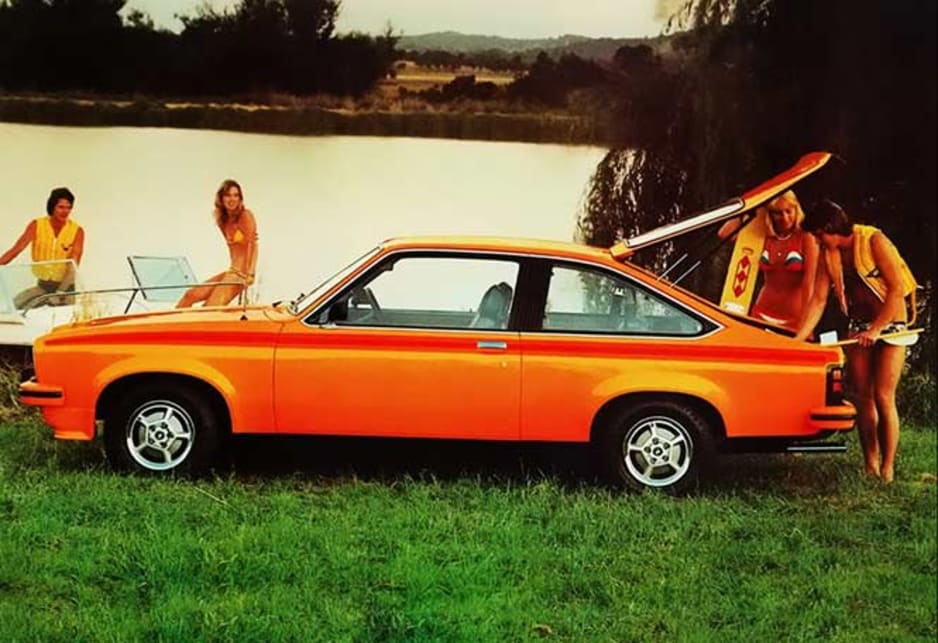
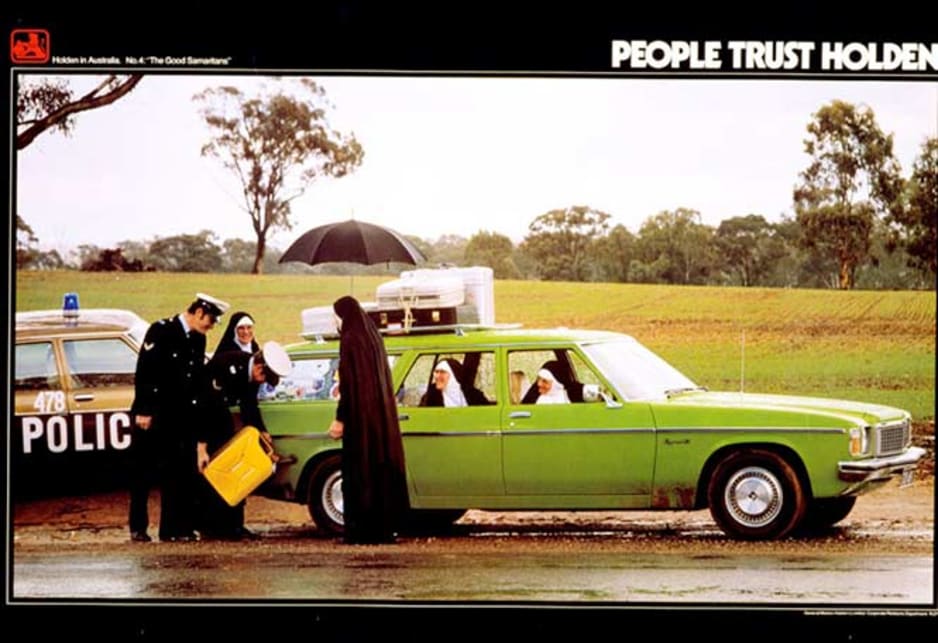

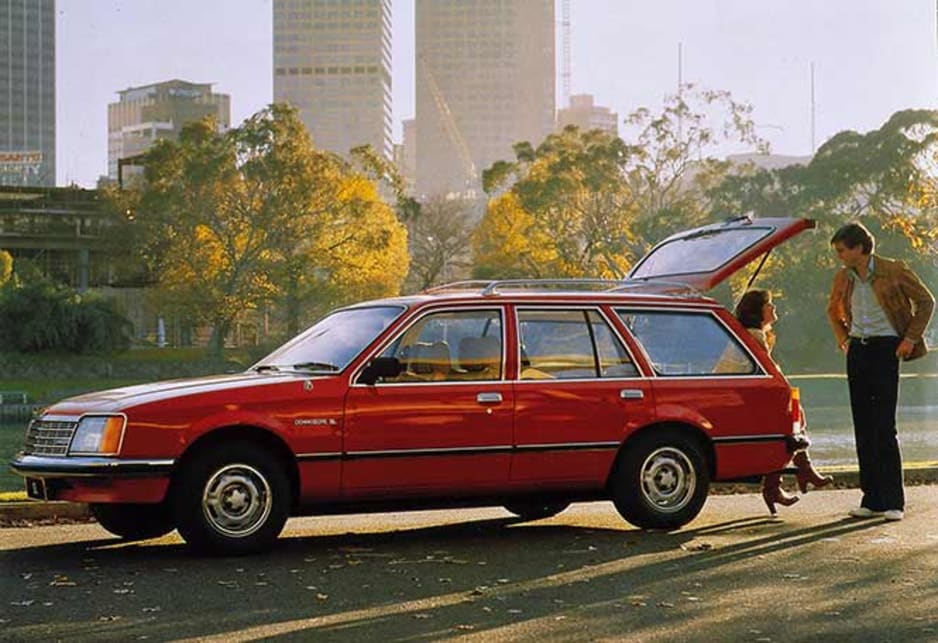



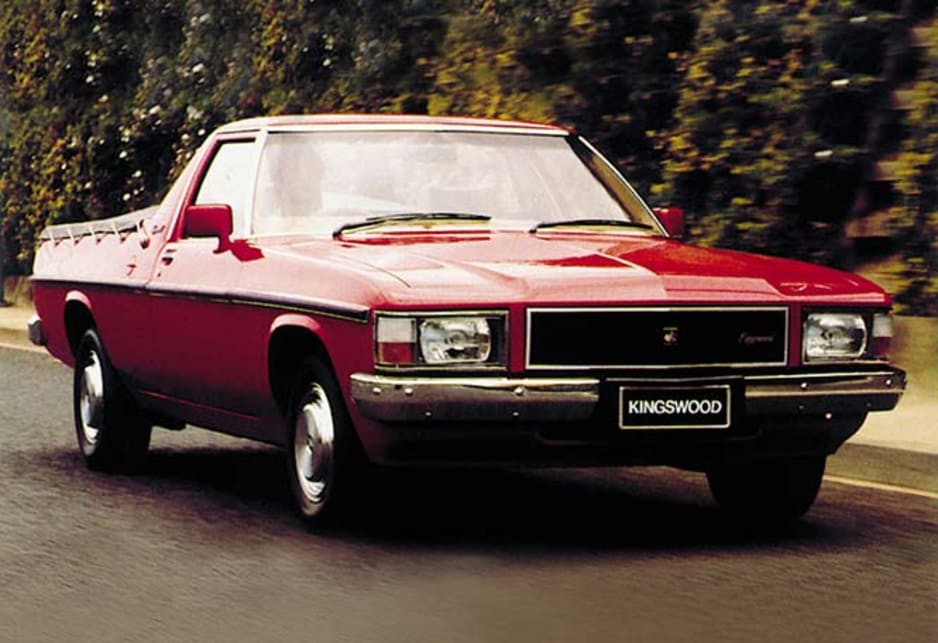
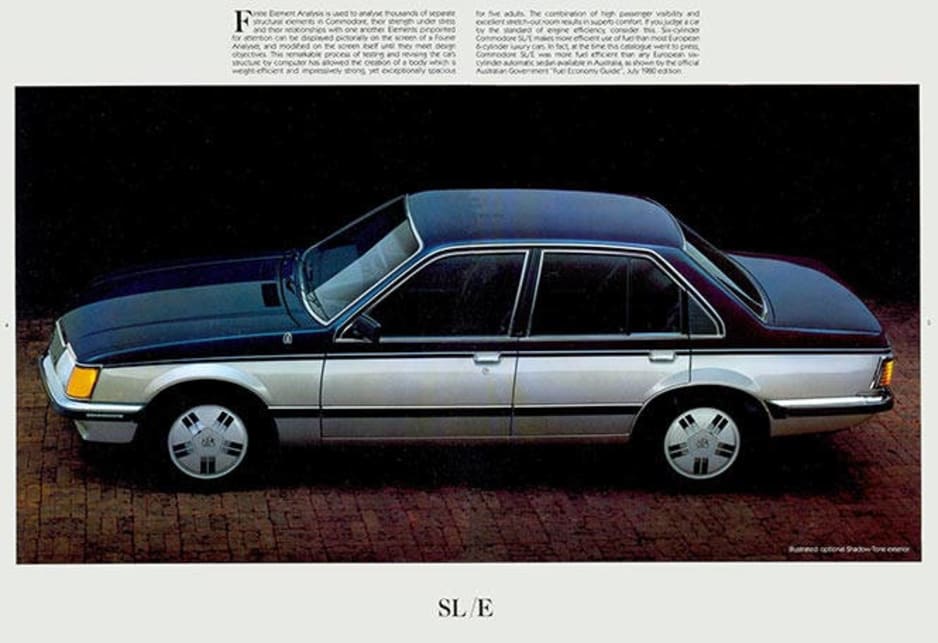

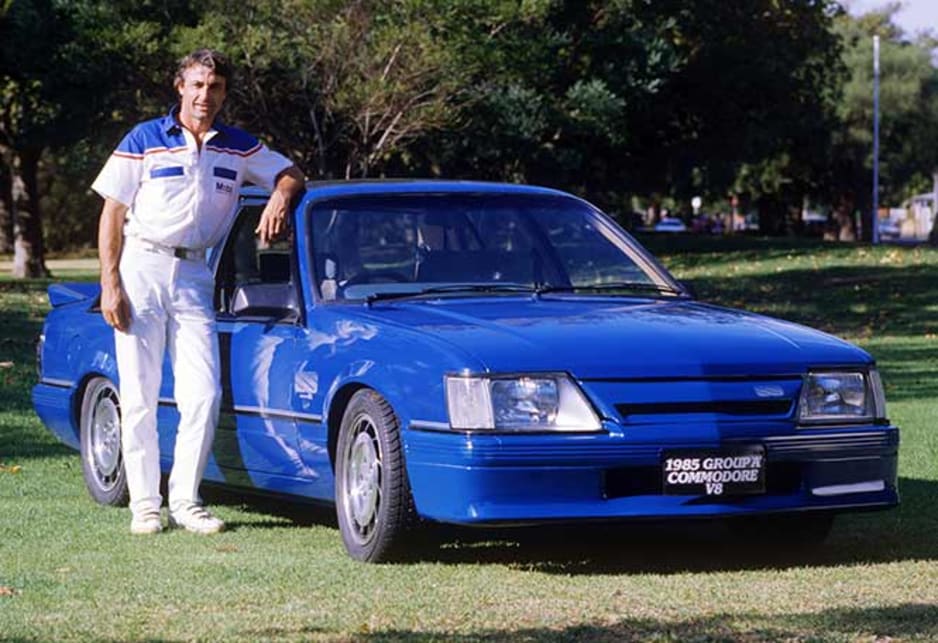
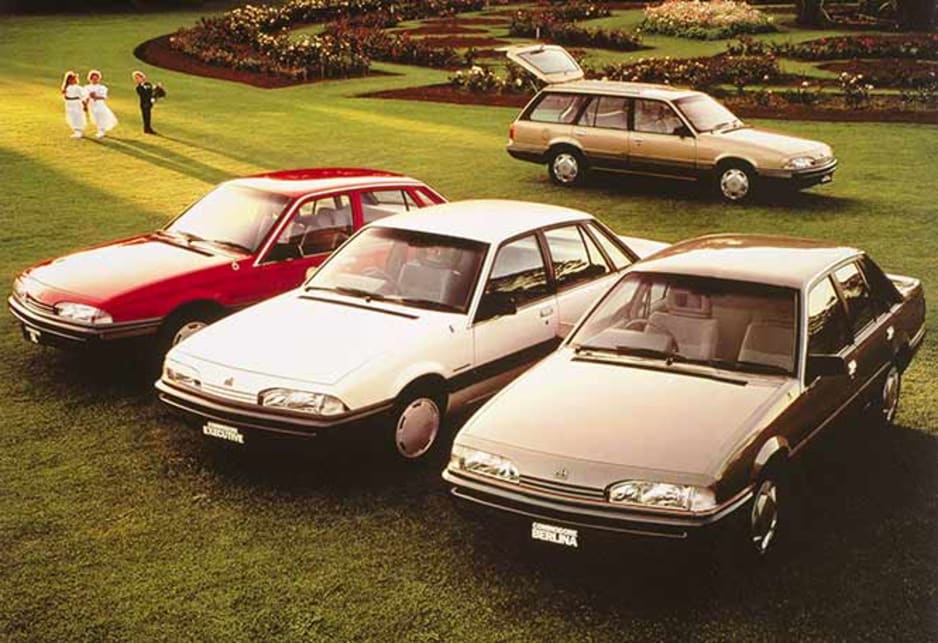
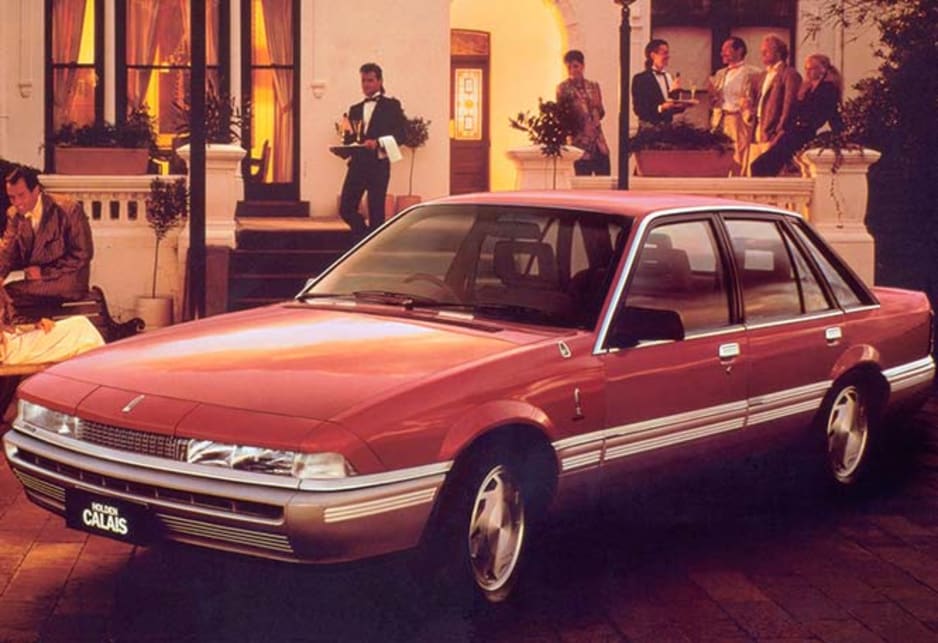
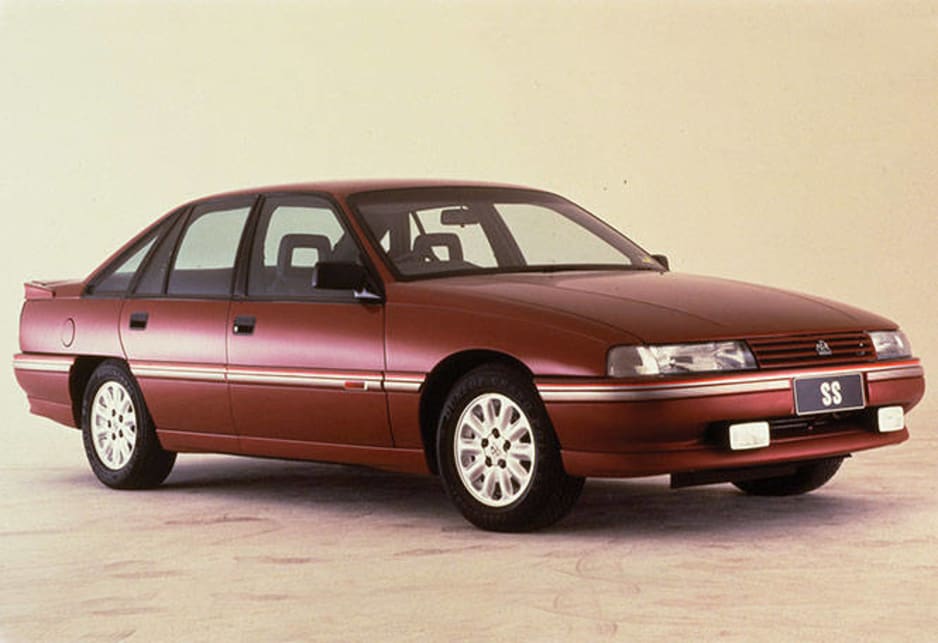
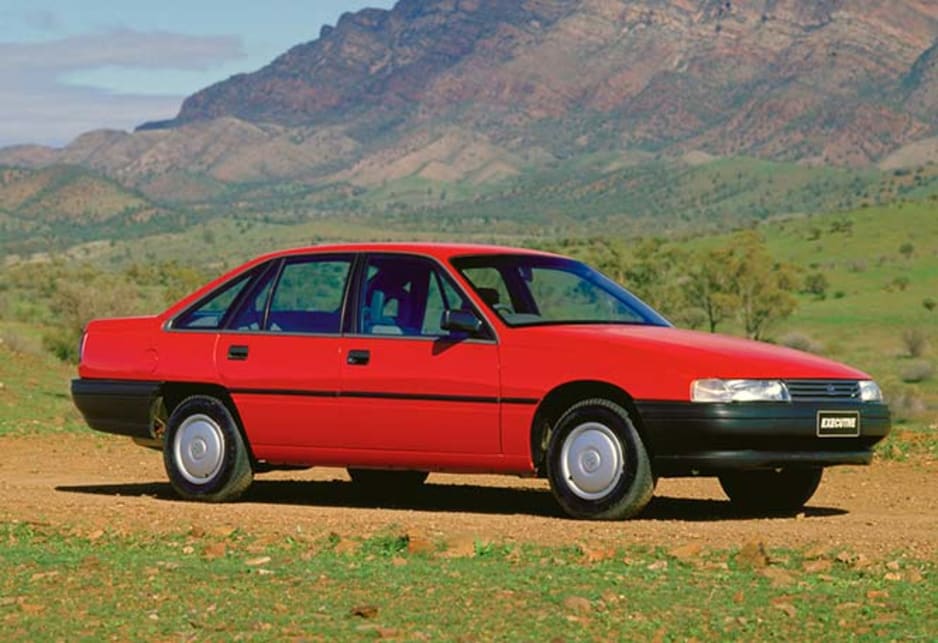



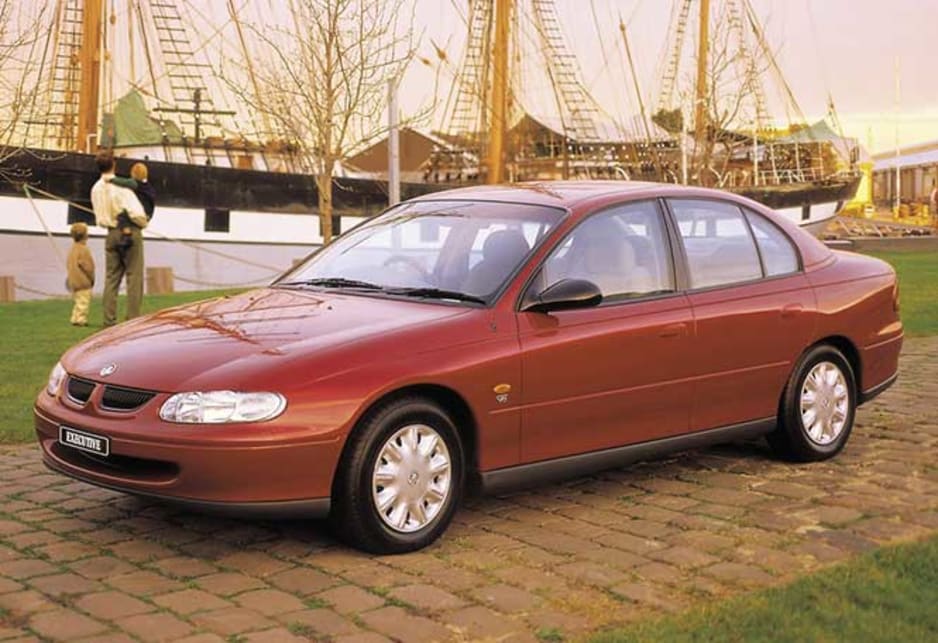




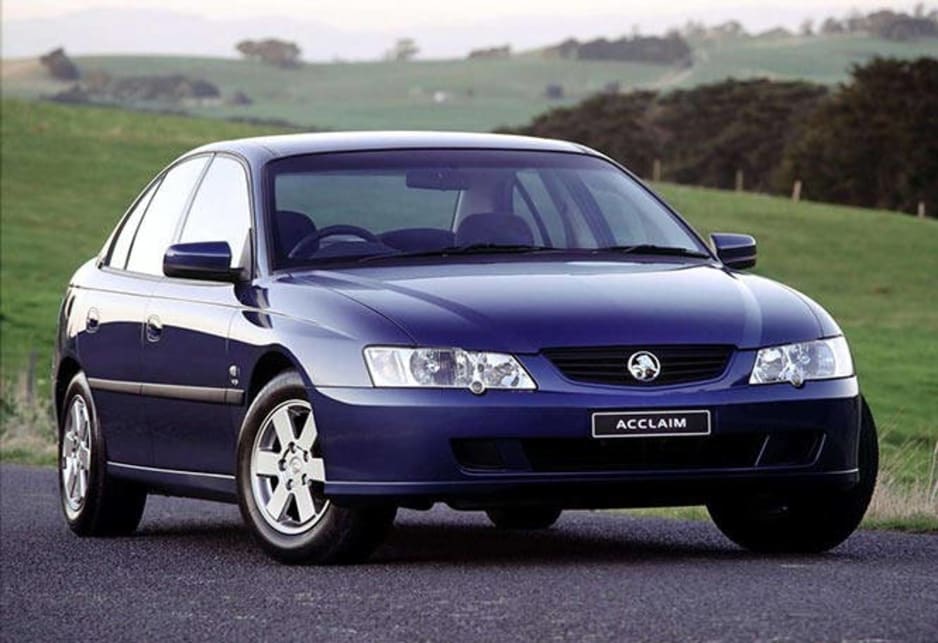


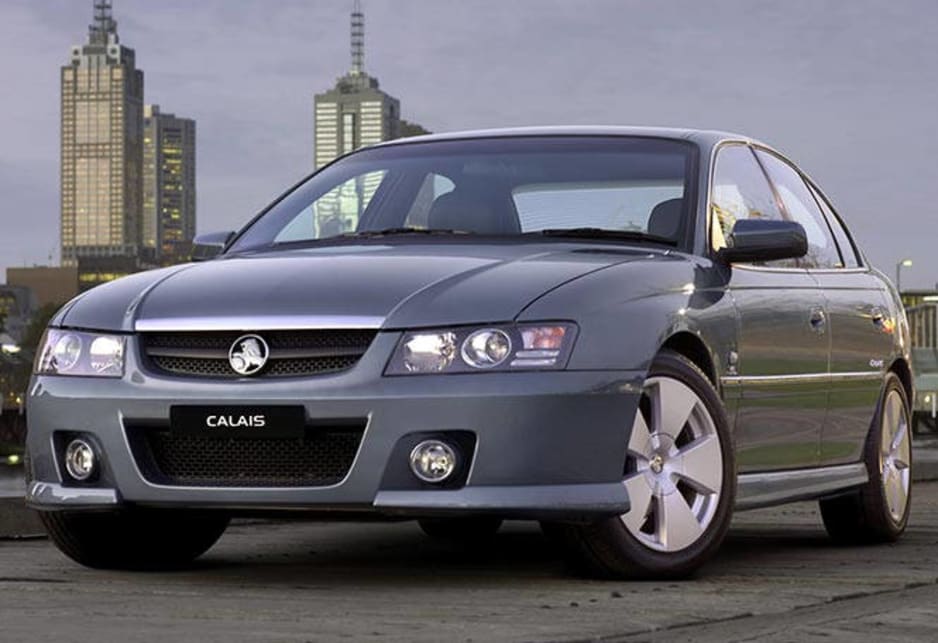
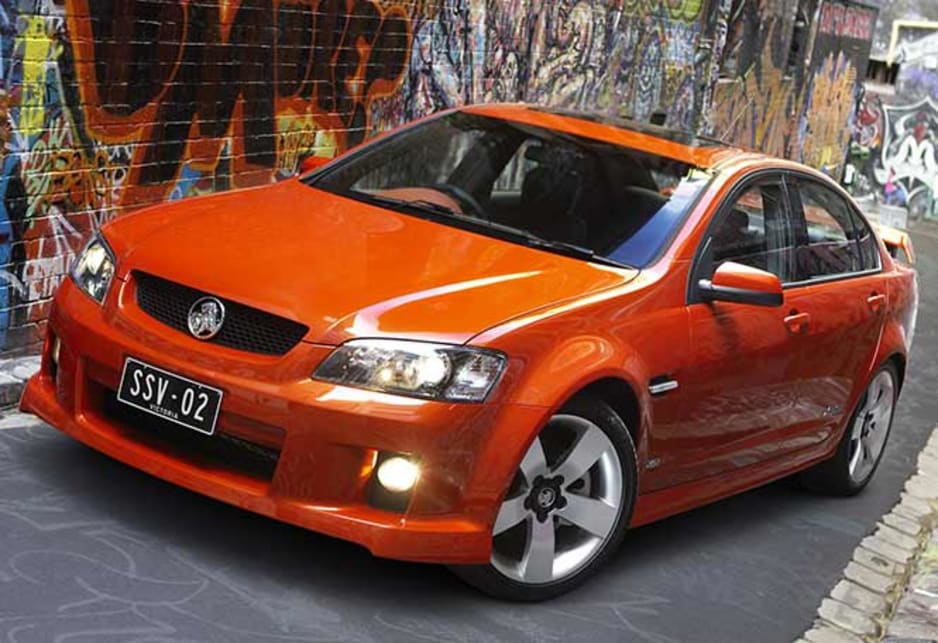











Comments